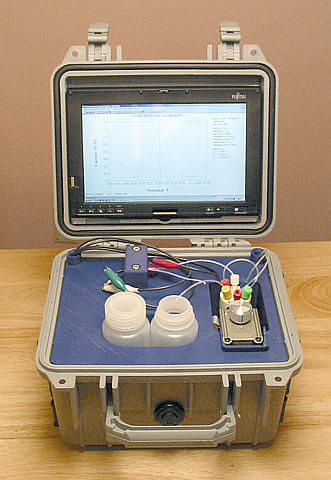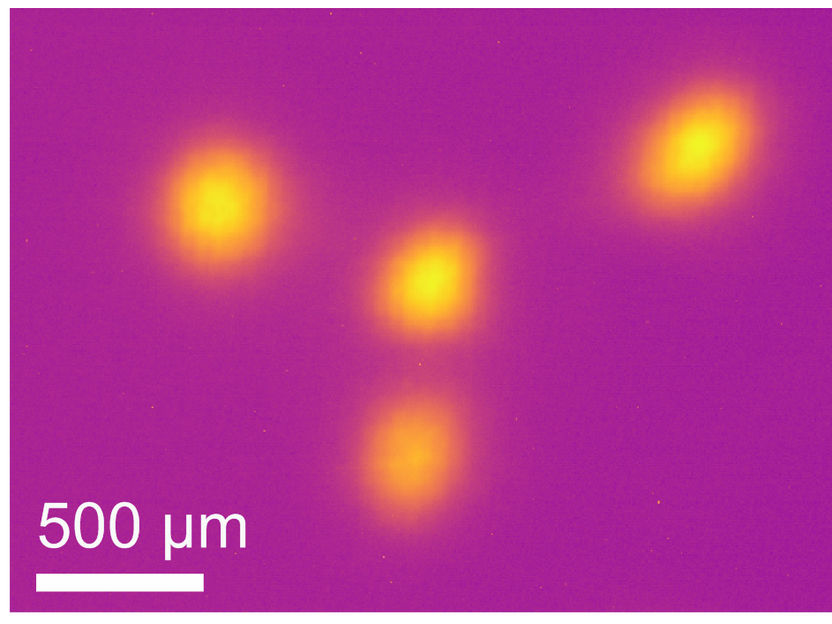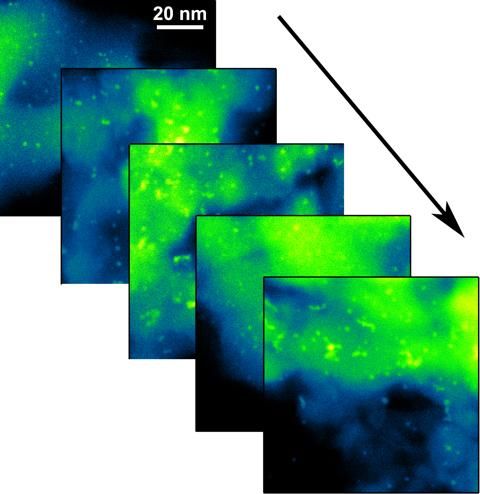LDL particle measurement by NMR recognized by ADA, ACC
Consensus panel assesses lipoprotein management
The American Diabetes Association (ADA) and the American College of cardiology (ACC) issued a consensus statement that states the measurement of LDL particle number by nuclear magnetic resonance (NMR) is one of the more accurate ways to evaluate cardiometabolic risk (CMR). The study, published in Diabetes Care, reinforces that LDL cholesterol may not be the best way to quantify a patient's risk for cardiovascular disease (CVD).
Cardiometabolic Risk (CMR) is associated with Type 2 Diabetes and CVD - obesity, insulin resistance, hyperglycemia and hypertension are risk factors that often cluster together. ApoB and LDL particle concentration appear to be more closely associated with these markers of CMR than LDL cholesterol or non-HDL cholesterol. Subsequently, lipoprotein abnormalities are commonly found in patients with CMR. According to the consensus statement, ApoB and LDL particle number by NMR appear to be more discriminating measures of the adequacy of LDL lowering therapies than are traditional LDL and HDL cholesterol measures.
"Several studies have shown that LDL cholesterol (LDL-C) poorly characterizes lipid abnormalities in patients with cardiometabolic risk," says Robert S. Rosenson, MD, Director of Lipoprotein Disorders and Clinical Atherosclerosis Research, University of Michigan School of Medicine and presenter at the consensus panel meeting. "Additionally, LDL-P concentrations, compared to LDL-C and non HDL-C, have been shown to be stronger predictors of cardiovascular risk."
According to the company, the NMR LipoProfile® test, developed by LipoScience, Inc., is the only test that quantifies LDL particle number (LDL-P) using Nuclear Magnetic Resonance. LDL particle information is used by clinicians to monitor the effect of lipid altering interventions, such as statins, in the management of a patient's cardiovascular health by lowering LDL particle number (LDL-P).
Studies show that low concentrations of LDL particles are associated with fewer cardiovascular disease related events than equivalently low levels of LDL cholesterol; data most recently published from the Framingham Offspring study in December 2007.
Most read news
Topics
Organizations
Other news from the department science

Get the analytics and lab tech industry in your inbox
By submitting this form you agree that LUMITOS AG will send you the newsletter(s) selected above by email. Your data will not be passed on to third parties. Your data will be stored and processed in accordance with our data protection regulations. LUMITOS may contact you by email for the purpose of advertising or market and opinion surveys. You can revoke your consent at any time without giving reasons to LUMITOS AG, Ernst-Augustin-Str. 2, 12489 Berlin, Germany or by e-mail at revoke@lumitos.com with effect for the future. In addition, each email contains a link to unsubscribe from the corresponding newsletter.
Most read news
More news from our other portals
Last viewed contents

New sensor system improves detection of lead, heavy metals - PNNL develops inexpensive portable detection system for rapid, accurate analysis of toxic metals

Laser metronome achieves record synchronization - First attosecond timing in a kilometre-wide laser-microwave network

Ultra-fast switching of helicity of circularly polarized light pulses - The ultra-fast change of light helicity is particularly interesting to observe processes in magnetic materials
New X-ray procedure offers insights into iridium compounds for practical applications - Exotic properties





















































